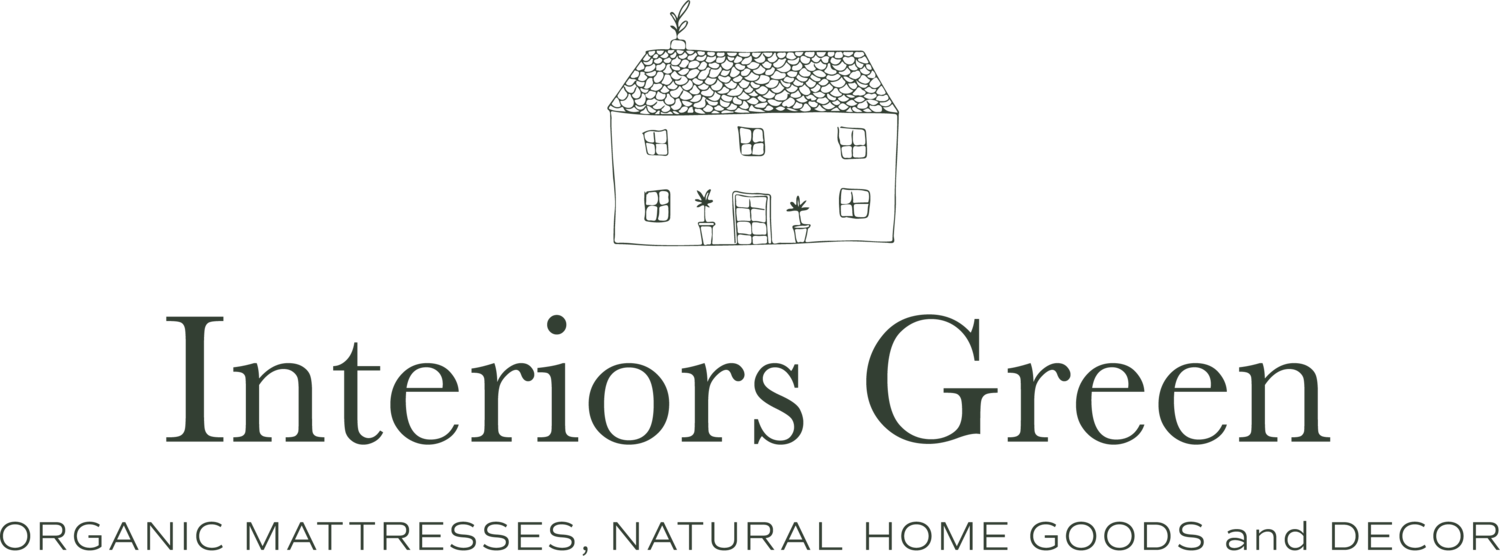Health and Environmental Benefits of Organic Mattresses
Organic mattresses and bedding are great choices for those with sensitivities or respiratory issues. Being composed of all-natural material eliminates the risk of inhaling harmful toxins, which is crucial for those prioritizing a healthy sleep.
Material Resilience
Organic mattresses use natural latex and organic wool, and organic cotton known for their durability and natural elasticity. These materials tend to maintain their shape and support over time.
Natural latex comes from the milky sap harvested from the rubber tree (Hevea Brasiliensis). Rubber trees allegedly originated in Brazil, but were planted across the globe and now are mainly found in the tropics of South East Asia and Africa. Our latex is sustainably harvested from FSC-certified (Forest Stewardship Council) rubber tree farms and processed in GOLS-certified (Global Organic Latex Standard) factories. This means only organic fertilizers can be used, and workers are employed to fair-trade standards. After the liquid is tapped from the tree, it's whipped, poured into a mold, and baked to create a dense, breathable foam that's 100% natural and biodegradable. Safe and hypoallergenic, it's also naturally resistant to dust mites, mold, mildew, fungus, and bacteria. With its natural elasticity, latex supports and conforms to the entire body. Latex is ideal for motion isolation too. Your head on a latex pillow will have consistent support, and your sleep won't be disturbed by your partner's movements on a latex topper or mattress. Natural latex stands the test of time and provides long-lasting comfort.
Eco -wool and organic wool. Wool's breathability and moisture-wicking properties help regulate your body temperature while sleeping, keeping you cool in summer and warm in winter. This moisture-wicking ability also creates a low-humidity microclimate inhospitable to dust mites. Wool is also inherently fire resistant, providing a safe sleep environment without the need for chemical fire retardant additives. Add to that wool's anti-microbial and anti-bacterial properties and you have the ideal setting for comfortable, healthy rest. Extremely durable, with proper care your heritage-quality wool bedding can last for decades.
Organic Cotton Fabric
We use the finest organic cotton sateen and canvas fabric. Never bleached or dyed, our sateen is naturally lustrous and soft, and our canvas is lightweight and durable. And it's all certified 100% organic. No chemicals are involved at any stage of the process – planting, growing, harvesting, and processing are all handled in accordance with GOTS protocols. Utilizing farming methods that encourage healthy ecosystems, including eliminating the toxic herbicides, pesticides, and fertilizers common in conventional cotton farming, means a safer environment for farm workers, more productive and sustainable soil, reduced irrigation needs, and a healthier end product for you.
Breathability and Temperature Regulation
Organic mattresses excel in breathability, thanks to materials like organic cotton and wool. They regulate temperature naturally, offering a cooler sleep in summer and warmth in winter.
Chemical Off-Gassing
Organic mattresses minimize off-gassing issues as they are free from synthetic materials and harmful chemicals. This makes them a good choice for those with allergies or sensitivities.
Firmness and Support Adjustability
The firmness of organic mattresses can often be customized with layers of natural materials, providing tailored support for different sleep preferences.
Longevity and Overall Lifespan
Organic mattresses typically have a longer lifespan, thanks to the durability of natural materials like latex, which can last up to 20 years or more.
Initial Purchase Price
Organic mattresses generally have a higher initial cost due to the expensive nature of sourcing organic materials and adhering to sustainable manufacturing processes. However, the durable materials in organic mattresses often translate to a longer lifespan, reducing the need for frequent replacements and saving money over time.
Environmental Impact and Related Costs
The environmentally friendly nature of organic mattresses means less ecological impact, which can be viewed as a cost-saving for the planet's future. From production to disposal, organic mattresses offer a more eco-friendly solution than traditional mattresses, falling under the category of eco-friendly. This aligns well with a growing global emphasis on sustainability and responsible consumption.
What is a Non-Organic Mattress?
In contrast, non-organic mattresses are the conventional options. They often come with a blend of synthetic materials and chemicals. These mattresses are widely available and can vary greatly in terms of quality and comfort. Common Materials and Chemicals Used in Non-Organic Mattress There are a variety of materials and chemicals that are commonly used to enhance the comfort, durability, and fire resistance of non-organic mattresses. While these materials often make mattresses more affordable and widely available, they can come with certain drawbacks, in terms of chemical exposure and environmental impact.
Polyurethane Foam: A petroleum-based material, polyurethane foam is a standard component in many non-organic mattresses due to its affordability and comfort. However, it can release volatile organic compounds (VOCs) that may contribute to indoor air pollution and cause health issues like respiratory problems or skin irritation.
Memory Foam: Often lauded for its contouring properties, memory foam is another common material in non-organic mattresses. While it offers significant comfort, it's also made from various chemicals and can emit VOCs. Additionally, the manufacturing process of memory foam is not environmentally friendly.
Chemical Fire Retardants: Non-organic mattresses often contain chemical fire retardants to meet fire safety standards. These chemicals can include substances like polybrominated diphenyl ethers (PBDEs), which have been linked to health concerns such as hormonal disruptions and neurological issues.
Synthetic Latex: Unlike natural latex, synthetic latex is made from chemical compounds and is commonly used in non-organic mattresses. It lacks the eco-friendly and hypoallergenic properties of natural latex and can emit a strong chemical smell.
Formaldehyde and Other Adhesives: Used as adhesives in mattress layers and for binding materials, formaldehyde and other strong chemical glues can off-gas, contributing to indoor air pollution. Prolonged exposure to these chemicals has been linked to respiratory problems and allergic reactions.




